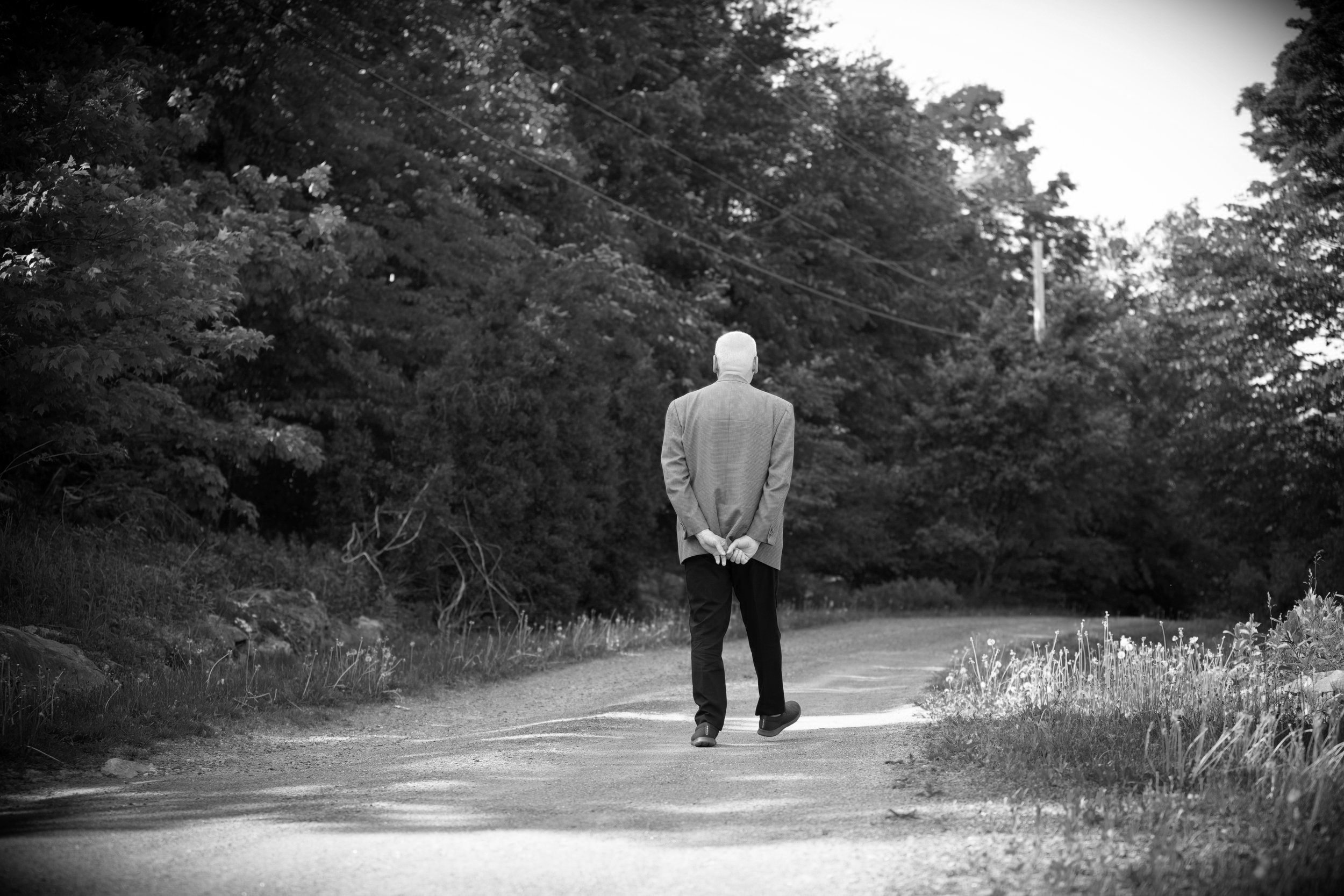
Welcome to my Blog
Thank you for stopping by. This space is where I share research, reflections, and practical tools drawn from my experience as a marriage and family therapist.
Are you a couple looking for clarity? A professional curious about the science of relationships? Or simply someone interested in how love and resilience work? I’m glad you’ve found your way here. I can help with that.
Each post is written with one goal in mind: to help you better understand yourself, your partner, and the hidden dynamics that shape human connection.
Grab a coffee (or a notebook), explore what speaks to you, and take what’s useful back into your life and relationships. And if a post sparks a question, or makes you realize you could use more support, I’d love to hear from you.
Be Well, Stay Kind, and Godspeed.
~Daniel
P.S.
Feel free to explore the categories below to find past blog posts on the topics that matter most to you. If you’re curious about attachment, navigating conflict, or strengthening intimacy, these archives are a great way to dive deeper into the research and insights that I’ve been sharing for years.
- Attachment Issues
- Coronavirus
- Couples Therapy
- Extramarital Affairs
- Family Life and Parenting
- How to Fight Fair
- Inlaws and Extended Families
- Intercultural Relationships
- Marriage and Mental Health
- Married Life & Intimate Relationships
- Neurodiverse Couples
- Separation & Divorce
- Signs of Trouble
- Social Media and Relationships
- What Happy Couples Know
Fathers by Choice, Mothers by Absence
There’s something undeniably moving about men who decide, after years of waiting, to become fathers on their own.
The Atlantic recently profiled this growing group of “single dads by choice” — men who wanted families badly enough to endure the expense, the clinics, the contracts, and the raised eyebrows.
They could have given up; instead, they built homes where children now live and grow. It’s hard not to admire that.
But admiration doesn’t erase the questions.
Children don’t arrive by magic. They come from women — egg donors, surrogates — whose names often vanish into sterile phrases like “gestational carrier.” Without them, no “choice” exists.
And without mothers, these children are being asked to adapt to a story where absence is part of the narrative.
When the Wrong Label Leads to the Wrong Pills: What Happens When ADHD Finally Gets Diagnosed
For years, adults stumbling through life with distraction, restlessness, and unfinished projects have been told they were “just anxious” or “probably depressed.”
Doctors handed over antidepressants like they were aspirin, hoping to quiet the storm.
The pills dulled the edges but never fixed the engine.
Because the problem wasn’t depression. It was ADHD—misunderstood, underdiagnosed, and misfiled into the wrong drawer.
A new Finnish study shows what happens when the right label finally lands.
Once adults are treated for ADHD, their antidepressant use drops. In other words: call the thing by its real name, and the shelves of orange pill bottles begin to thin out.
Loneliness Isn’t Just Sad—It Rewires Who We Are
We’ve been told loneliness is just a feeling.
An ache you sleep off, or something cured by a night out with friends. But the research keeps contradicting that hopeful little story.
Loneliness, left unchecked, doesn’t just sting—it carves new grooves into our brains, reshapes our personalities, and even leaves fingerprints on our biology.
Kinky Healing? A Closer Look at the New BDSM Study
At this year’s American Psychological Association convention in Denver, researchers from the Alternative Sexualities Health Research Alliance (TASHRA) presented something bound to make headlines: nearly half of the 672 kink participants they surveyed said BDSM or fetish play gave them “emotional healing.”
That’s the kind of stat that makes reporters type faster and conservatives faint harder.
Trauma transformed into pleasure.
Shame turned into agency. Healing in leather and latex.
But let’s not confuse applause lines with hard data. Let’s slide in…
ADHD Research in 2025: New Studies Reveal How ADHD Shapes Memory, Sex, Creativity, and Health
ADHD Is bigger than we thought.
ADHD—attention-deficit/hyperactivity disorder—is usually described in terms of core ADHD symptoms like inattention, hyperactivity, and impulsivity.
But new ADHD research in 2025 shows the condition is far more expansive. ADHD affects memory, sexual satisfaction, brain development, creativity, life expectancy, and even gut health.
The old idea that ADHD in children simply “fades away” in adulthood has been replaced by evidence that ADHD in adults is a lifelong condition.
ADHD treatment now requires more than stimulant medication—it demands a broader understanding of how ADHD influences every part of life, from relationships to career success.
Dark Personality Traits and Toxic Environments: What a Massive Study Reveals
Can corruption, inequality, and violence shape your personality?
A groundbreaking global study says yes. When societies are marked by injustice and instability, people are more likely to develop dark personality traits—callousness, exploitation, and moral disregard.
The findings, published in Proceedings of the National Academy of Sciences, come from nearly two million people across 183 countries and all 50 U.S. states.
The message is clear: our environments matter. Where corruption thrives, selfishness does too.
Johatsu: The Strange Case of Japan’s “Evaporated People”
In Japan, there’s a word for disappearing without a trace: johatsu (蒸発). It means “to evaporate.”
Not evaporate in the mystical sense—no clouds of incense, no cherry blossoms floating down the Sumida River.
Just a person who walks away from their job, their marriage, their debts, their family—and never comes back.
One day they exist, the next they are gone. To their loved ones, it’s as if they’ve been swept from the face of the earth.
And here’s the unsettling part: in Japan, this isn’t an urban myth. It’s a recognized social phenomenon.
What Is Johatsu?
Socioemotional Selectivity Theory: Why Love in Old Age Is Deeper, Not Smaller
If self-expansion is about gobbling up more—more novelty, more growth, more shiny experiences—Socioemotional Selectivity Theory (SST) flips that script with quiet precision.
This isn’t pop-psych filler.
SST comes from Laura Carstensen, a Stanford psychologist who has spent decades showing that aging is not decline, but design.
She built the theory, founded the Stanford Center on Longevity, and launched the ambitious New Map of Life—an initiative asking how we might actually live well into our 80s, 90s, and beyond (Carstensen, 1992; Carstensen, Isaacowitz, & Charles, 1999).
Carstensen’s point is deceptively simple: older adults don’t just “lose” friends or opportunities; they prune them on purpose.
They trade breadth for depth, noise for meaning, obligation for intimacy.
And that single observation reshapes how we think about aging, relationships, and family life.
The Self-Expansion Model: How Love Helps Us Grow Beyond Ourselves
Love changes us.
Not in the Hallmark sense, but in the literal sense: who we think we are, the skills we use, even the way we move through the world.
Psychologists Arthur and Elaine Aron built an entire program of research around this idea, calling it the Self-Expansion Model.
The claim is simple but startling: romantic relationships thrive when they allow us to expand our sense of self by including our partner’s traits, perspectives, and resources (Aron & Aron, 1986).
In other words, we don’t just fall in love with another person—we also become enthralled with the notion of becomng a vaster version of ourselves.
The Secret Physics of Love: Why Joy Matters More Than You Think
Physics has the Big Bang, quantum entanglement, and black holes that swallow time itself.
Psychology? We get “smile more, it helps.”
It’s not a fair fight.
And yet, every now and then, psychology coughs up an idea that feels suspiciously like a natural law—a principle that explains why marriages survive, families adapt, and love doesn’t just collapse under the weight of modern life.
One of the main culprits here is Barbara Fredrickson, a psychologist who took the audacious step of studying happiness in a field obsessed with misery.
She gave us three ideas—Broaden and Build, Upward Spirals, and The Undoing Hypothesis—each sounding like the title of a self-help workshop but backed by actual data.
Taken together, they form what I like to call the secret physics of love.
Let’s walk through them.
The Broaden-and-Build Theory: A Love Letter to Positivity—with Footnotes, Flaws, and Fallout
Psychology in the late 20th century was a gloomy business.
Entire careers were built on studying fear, depression, and rats in mazes.
Joy? Curiosity? Amusement? Those were treated as fluff, maybe suitable for weekend hobbies but hardly worthy of serious science.
Enter Barbara Fredrickson. In 1998, she had the audacity to ask: What good are positive emotions? (Fredrickson, 1998).
Her answer became the Broaden-and-Build Theory, a framework that suggested positive emotions aren’t trivial decorations on the evolutionary tree.
They are functional.
Joy, interest, love, amusement—all of them expand our mental horizons (“broaden”) and help us accumulate durable psychological and social resources (“build”).
I
n other words, feeling good helps you see more, connect more, and prepare better for the not-so-good times ahead.
What is Positivity Resonance?
A team of scientists recently strapped heart monitors onto 148 long-married couples, set up cameras, and told them to argue.
Not surprisingly, what emerged was not the spectacle of marital apocalypse—but proof that love hides in the tiniest flickers of connection.
The couples who still laughed together, mirrored each other’s smiles, or matched their tones—even in conflict—were the same couples who scored higher on enduring love.
Thirty years into marriage, the data suggested, romance survives not because of grand gestures, but because of micro-moments of emotional synchrony.
If this sounds familiar, it echoes what I’ve written about in quiet quitting marriage—that relationships don’t collapse in fireworks, but in the erosion of everyday attention.












